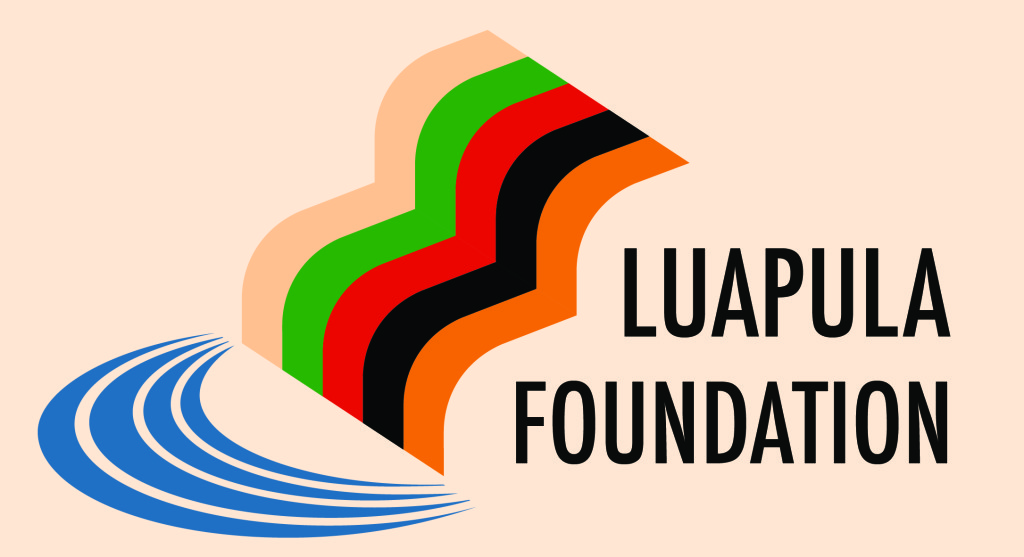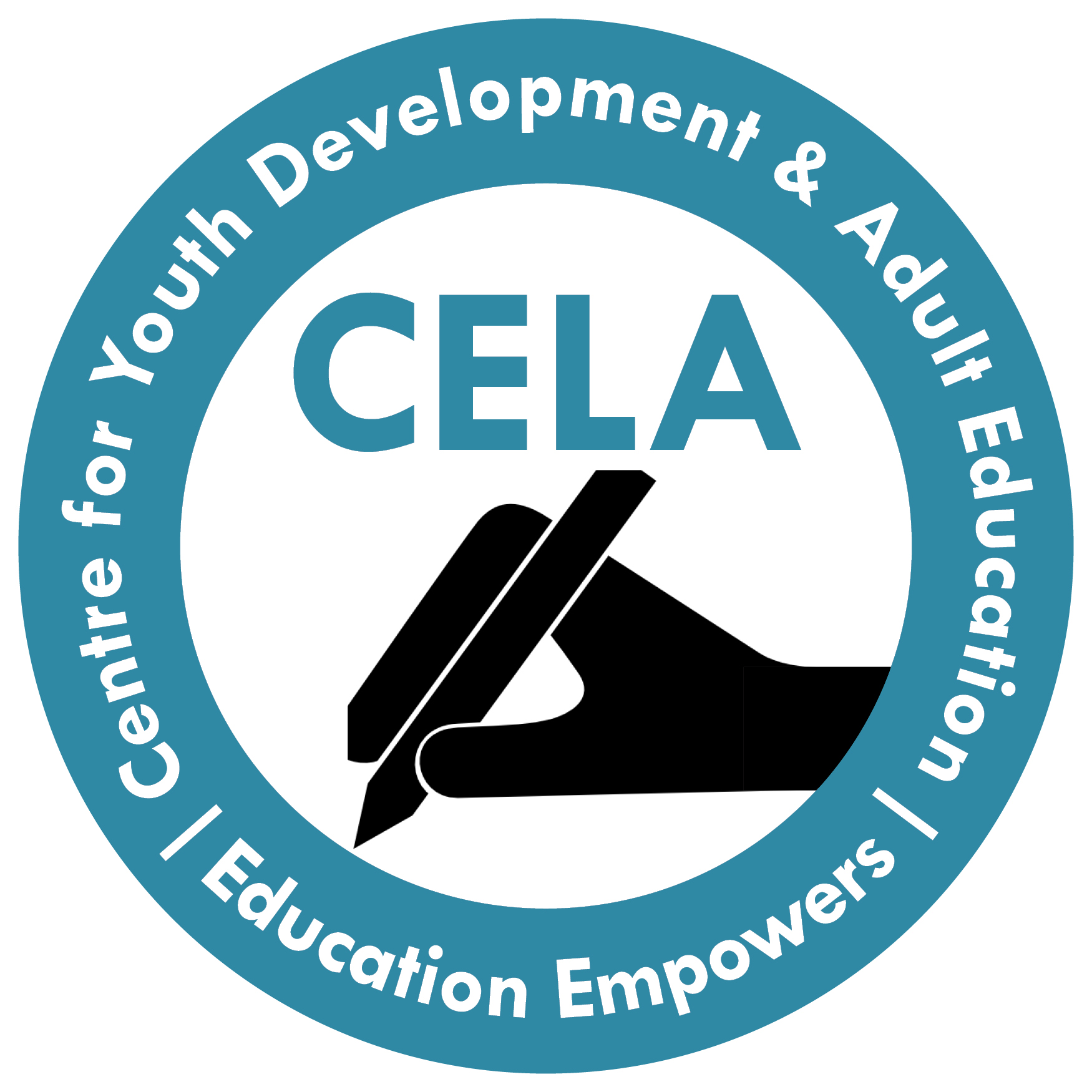Here was the assignment:
Every organization, however small, wherever it is located, has its own story to tell. This is its voice…its brand identity.
But non-profits in poor countries often rely heavily on funding from international donors, giving pause about how organizations can generate sustainable support for their work. As BrandOutLoud shared with us in the first class, a strong profile and professional communications can help indigenous organizations reach out on their own, create new partnerships, and diversify their funding base.
Can your group help empower your client organization through branding, communications and marketing support?
Your assignment is to consult with a vetted local non-profit in Malawi, Pakistan, Tanzania, Uganda, Zambia, or Zimbabwe (which have all self-selected to be part of the class based on their interest). As your group’s client, these organizations will share with you their history, their work, and their current communications products. Your task is to learn more about their external communications needs and provide them with ideas for a new strategy and creative suite (suggestions for new or revised logo/tagline, website, blog, brochure, publications, photography, swag, etc.), based on their available staff and resources.
The reason I made this project a key part of my International Development Communications class at Georgetown this semester (42.5% of their grade) was because throughout my experience in aid and philanthropy, grassroots organizations are doing some of the most valuable, innovative, unrecognized, and thus undervalued work in the sector.
What if the talents of 19 public relations and corporate communications Masters students were lent to address this conundrum? What could they do? Could they help the leaders and staff of grassroots organizations to get better at selling themselves?
Solome Lemma, co-founder and Executive Director of Africans in the Diaspora (AiD), wondered the same yesterday on Facebook:
“Fascinating call with WEM Integrated Health Services [in Thika, Kenya] today! Nothing makes me as happy as working with grassroots organizations that are really and truly at the forefront of change, innovating, experimenting, implementing, failing, succeeding, learning, and transforming constantly! It’s often easy to forget the great amount of innovation that indigenous, grassroots organizations employ. Even more so because they don’t frame work within the language we understand or associate with innovation.You must listen, dig, ask questions, and reframe in your head to see that within what they describe as a regular part of their work lies ingenuity.
“We need all you communications experts to focus on providing your skills and services to these organizations! How do we make people understand the value of grassroots-led change? How do we make them realize that if they want to ‘do something,’ ‘help,’ or ‘bring about change,’ the most important thing they can do is invest in the grassroots organizations that are already doing the work but need our resources and technical support/skills?
“Grassroots, multiple issues don’t resonate. Simplify. Choose a single issue or a single population. Yet, we know after all these years of work, that the most effective organizations are those that understand and can work within the complex needs of their communities by providing holistic services and products. So, yeah, how do we make that ‘sexy’?”
Others chimed in:
“I think the people who can fund this kind of work want the credit. They want to say we saved this community. We fixed it. Not we helped this community fix their problem. The helping to fix is too long, not sexy, and is a new thing that is just gaining ground. It is breaking the savior-savage mold we are used to. Respecting peoples agency is hard and it takes too long. [Donors] want a quick return on investment.” ~Olabukunola Williams
“…for the funder in another country, their ability to relate to the grassroots organisation is impaired (for various reasons). We see it as common sense because we are there and we know that it works. As such, getting donors to relate to other donors – this is another area I’m currently exploring. Yep, this is a distraction from the gist of what you are trying to show – that grassroots organisations are the way to go, but you can’t start this process of slow and complex education until you have their attention in the first place.” ~Weh Yeoh
“Attempting to inject some level of nuance (aka admitting that things are really hard, outsiders are not saviors, grassroots orgs are important), competes with the more simplistic narratives that appeal to the egos of the average person. For my part, I hope better news reporting can change this to some extent. Then there is needed pressure on leaders who continue to shape discussions in a purely binary helper-helpee manner…[and] done in a way that the people affected speak for themselves.” ~Tom Murphy
We also have to consider that the skilled and dedicated local leaders of effective grassroots organizations may not have the time, energy, or resources to promote their organization’s image among the development set – they are too busy doing the work with and on behalf of their own community on a daily basis.
So what did the Masters students deliver to their clients?
For example. organizations got new logos:

![[CELA] Full Blue](http://www.how-matters.org/wp-content/uploads/2014/05/CELA-Full-Blue-300x300.jpg)
Will these new tools in the hands of the nine organizations with which my students worked change their profile and enable them to have a more prominent place in the development discourse in their localities, if not globally? Of course it’s too soon to tell and there is much more work to be done. (Shucks, turns out “quick results” are elusive for communications products too.)
But as Solome Lemma reminds us:
“It is upon on each of us, from whatever our positions, to start to shift the way these conversations about ‘development’ take place and shift how we pursue our work. A critical part of it has to be exploring how those of us that have access to and work with grassroots or indigenous organizations create a space in which they drive our narratives, as opposed to the other way around.”
My students also had some thoughts on flipping the development narrative on it’s head (another 35% of their grade), which we’ll be sharing soon! Here’s a little taste:
“[A new generation of] communicators are steering the future of the aid, philanthropy, and social enterprise sectors by helping focus on and place emphasis on what matters most. As storytellers and as truth tellers, communicators can shape and frame the international development narrative, not to just make sure organizations are doing their best, but respecting, humanizing, and upholding the dignity of everyone involved. Perhaps more importantly, communicators are inviting more people to have a seat at the table.“
Stay tuned – more to come!
***
My many thanks to the other organizations who participated in our class projects: Eye of the Child in Blantyre, Malawi, Aware Girls in Peshawar, Pakistan, St. Francis Health Care Services in Jinja, Uganda, Lupwa Lwabumi Trust and the Media Network on Child Rights and Development both in Lusaka, Zambia, Survivors in Action Zimbabwe in Mutasa, Zimbabwe, and Shingirirai Trust in Sabvuka/Tafara, Zimbabwe. And thanks to Firelight Foundation and the How Fund for linking us.
***
Related Posts
BrandOutLoud: Own Branding Makes Local NGOs Less Dependent
Overlooking the Capacity of Local Organizations
The Marginalization of CBOs by Development Actors: A Perspective from Zimbabwe
How to build strong relationships with grassroots organizations, Part 1 of 3


I wish my masters course had assignments this interesting! I would say local organisations, in being local do have a good image. It’s hard to find an international NGO which does not market itself as empowering the local, and increasingly this is done through local NGOs. Take the likes of large and well known NGOs such as waterAid, which state themselves the greater effectiveness of using local orgs. Or orgs such as everychild which work exclusively through local partners.
I think the need to create brands may be more due to the need to differentiate, to raise awareness, and down to the need to be recognised more than to legitimise. Having an image problem implies we have negative associations, which I think large international NGOs face more so than local ones.
Josie – I wish my experience of the aid sector was one in which effective, local, indigenous organizations were respected, trusted, and recognized for their contributions to development. But unfortunately, that hasn’t been the case. (See: http://www.how-matters.org/2011/01/28/grassroots-no-brains/) Your comment gives me hope that this may be changing among the people now coming into the sector.
And you are absolutely right in pointing out that building a grassroots organization’s brand is as much (if not more!) about raising their profile in their community, bringing attention to their work and to the changes they are championing. A brand goes with you wherever you go. The logo or the brochure are just an outward expression, but ultimately it is reflected in who the organization is and how they see the world.
It’s great to hear how our work (at BrandOutLoud) has inspired others – and that this excellent master class was set up. Because branding and communication for grass-roots organisations remains a tricky one for the various INGOs supporting them.
There is a still a long way to go… However the good news, this master class, the enthusiasm and outcome of the student’s work shows things are changing. Also we notice that there are more organisations who truly believe in the potential of their local partners and see how branding and communication will benefit those partners. And indirectly themselves, as they are essentially striving for the same cause!
Just recently we worked in Sierra Leone with a local human rights organisation – One Family People, Breaking Barriers for people with disability. One of the outcomes was their (first!) own promotional video.
Their commitment, input and enthusiasm made this project second to none.
While we always will be driven by finding new innovations for either branding or multi-media storytelling, it’s the people themselves that inspire us. And that is what our work – in development communication – is about. It is their story…. Their brand.
Pingback: The double-edge sword of mass communications: Is stereotyping inevitable? | De Birhan
Partner Guidelines for your Organization .